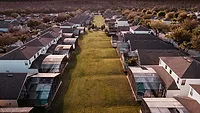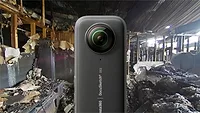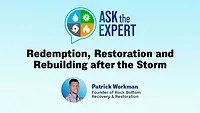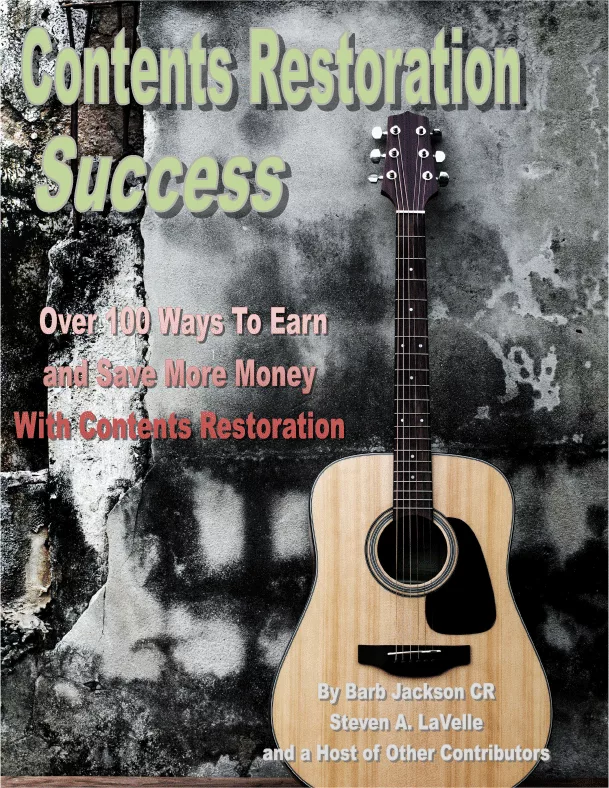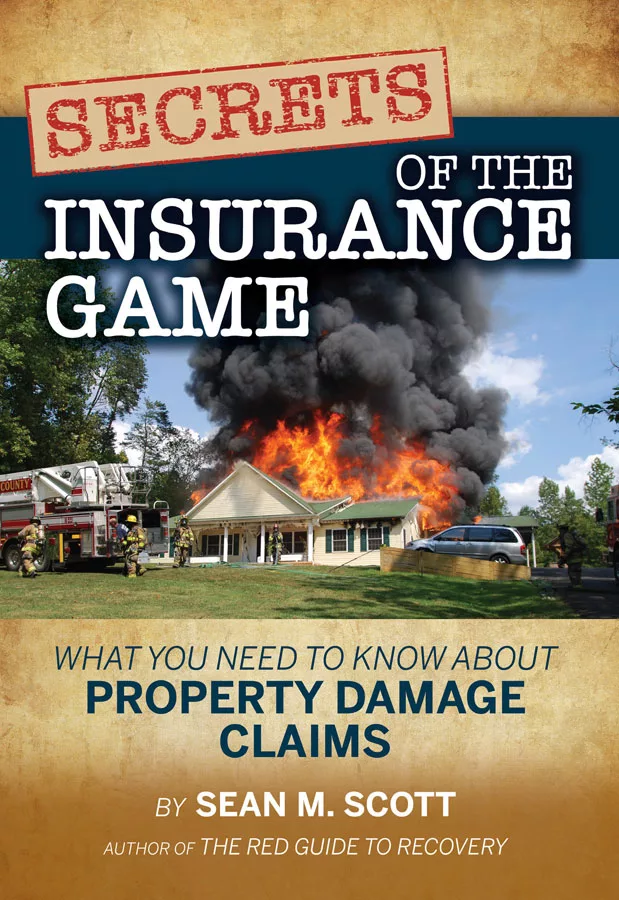Rebuilding the Restoration Triangle
How the Industry Can Modernize Insurance Claims and Repair Trust Between Restoration Contractors, Adjusters and Carriers
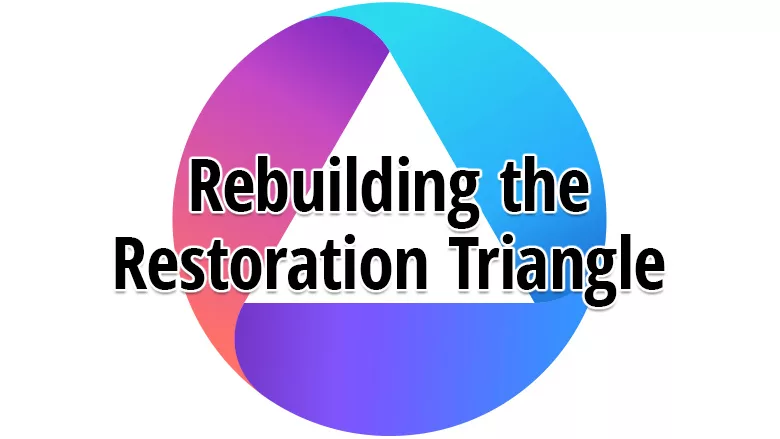
Credit: filo / DigitalVision Vectors via Getty Images
Extreme weather-related damage and costs average to $64.1 billion per year, making it crucial for restoration businesses to operate as efficiently as possible to benefit policyholders and minimize damage. When contractors, independent adjusters and insurance carriers work in lockstep together, claims cycles run smoothly and partnerships thrive. Collectively, these three roles make up the restoration triangle that powers the homeowner’s insurance process.
However, the restoration triangle often finds itself at odds due to a lack of communication and education and stalling the insurance claims process. These disputes are not rooted in a training issue or a software problem, but a human issue.
Carriers, contractors and adjusters must invest in shared language, continuous onboarding and transparent documentation practices to help break down the communication and education barriers.
The Current State of the Restoration Triangle
The restoration triangle as it stands today is fractured. Education and communication aren’t siloed issues — they’re the fault lines that everything else breaks along. The system remains splintered due to a lack of personal relationships, incomplete or ambiguous documentation and convoluted communication channels.
In the past, contractors and adjusters had more significant relationships due to frequent interactions throughout the claim lifecycle. Repeated interactions often contributed to building with one another and both parties understood the vital role each played in achieving the same end goal: a satisfied policyholder.
Today, many independent adjusters are desk-bound, filtering their communication through portals, emails or third-party systems that lack face-to-face interaction. While these tools are not inherently bad, they can create convoluted, ambiguous communication. Additionally, trust isn’t built as easily without regular in-person meetings, and in turn, intentional communication is needed to build that same level of trust.
As a result of fractured communication, incomplete documentation often occurs and is exacerbated by rushed workflows and unclear expectations. When contractors and adjusters rely on photographs that are unable to tell the full story — or miss that one angle the adjuster needs — friction is created.
With the right tech, like 360 documentation tools, ambiguity can be eliminated and enables everyone to “walk the job” virtually. This means less back-and-forth, fewer disputes and more accurate estimates. Part of the solution to repairing relationships, improving communication and reducing ambiguity isn’t just better technology; it’s technology that solves these fundamental human problems.
Faster Fixes, Fewer Frictions: The Role of 360 Documentation
Imaging solutions for documentation are crucial for the restoration industry, and immersive 360 documentation solutions have emerged as a frontrunner. Leveraging 360-degree cameras and software to build comprehensive, visual records of property damage, these tools enable faster and more accurate documentation, sketching and estimating.
Contractors and adjusters can optimize advanced imaging solutions, like 360 documentation, to enhance damage documentation, reduce the number of site visits and provide critical evidence quickly. With these tools, adjusters can provide an exhaustive, interactive view of a damaged property to better assess and align on the repair work needed. This creates faster timelines, settles disputes quicker and empowers contractors to complete restoration in a timely manner and scale with ease.
Additionally, 360 documentation reduces friction and disputes, allowing each team member to review the damage and measurement and take action without needing to revisit the site. 360 documentation solutions help eliminate the problems of convoluted communication channels by providing a single source of truth and reducing incomplete documentation to better align all parties. But tech alone isn’t the answer—it has to be paired with workflows that encourage communication and accountability.
The Blueprint for Better Restoration Operations
The restoration triangle can thrive once ambiguity, miscommunication and friction are removed from the equation. Doing so requires a commitment to learning the other person’s language, such as contractors learning to speak in policy and precedent and adjusters speaking in line items and logistics. This is not something tech can replace, but rather enhance.
Eliminating ambiguity starts with creating a shared reality based on the understanding of each other’s language. For example, a photo may show mold under a cabinet, but a 360-documentation tour shows the context and gives the reviewer clarity.
Facilitating clear communication means reducing the game of telephone and creating fewer steps between the field capture and the estimate. Tools that allow adjusters and contractors to leave comments, voice-to-text notes and integrated timelines improve communication without adding friction.
Lastly, the restoration triangle can work together to address the broken system by ensuring documentation is indisputable. When every party has access to a single source of visual truth, measurements embedded in the sketch and a transparent timeline, it’s more difficult to question the claim. This kind of documentation protects everyone — contractors, carriers and policyholders alike.
The Restoration Triangle Reimagined
Extreme weather events are only increasing, requiring contractors, carriers and adjusters to scale quickly and efficiently to better serve policyholders. To do this requires clear communication, strong documentation and deep, personal relationships, all supported by trusted technology. Together, each side of the restoration triangle can work to repair gaps and break down barriers for better collaboration and trust.
The industry is changing and the companies that keep up and adapt will be the ones that thrive. Will you fall behind or thrive?
Looking for a reprint of this article?
From high-res PDFs to custom plaques, order your copy today!




